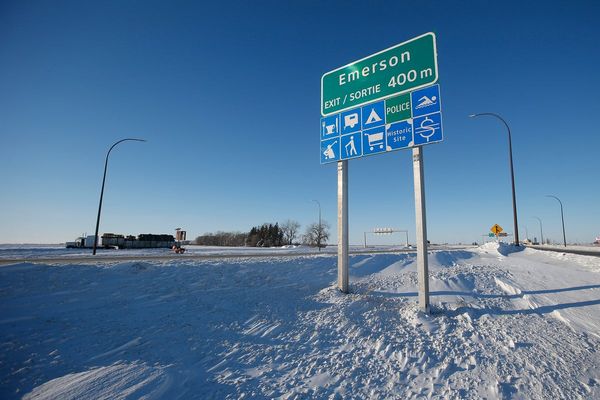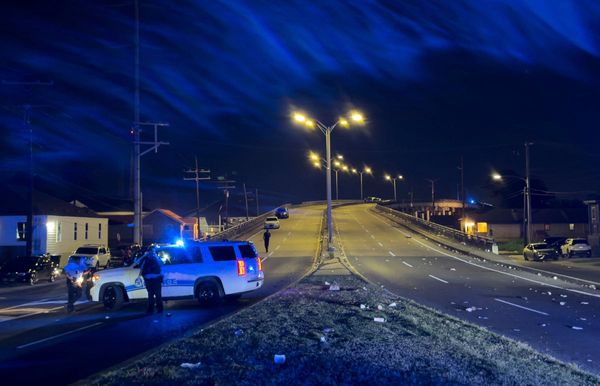
The number of vacant houses in Japan has topped nine million.
Government figures released on Tuesday show the number of empty houses, as of October 2023, was up by more than half a million since the previous survey in 2018.
However, the real number of empty houses could potentially be higher. The Nomura Research Institute estimates there are nearly 11m vacant houses and that they could account for more than 30% of houses within a decade.
This has had an effect on the overall population. Japan's fertility rate declined for a seventh consecutive year in 2022, falling to 1.26 births per woman from 1.30 births per woman in the previous year. Singapore and Taiwan have dropped below one child per woman. And fertility rates in the US have hit their lowest number in a century.
Richard Koo, the chief economist at Nomura Research Institute, told Business Insider Singapore in 2021 that the Japanese countryside has been hollowing out since the mid-Nineties.
What are Akiya houses?
In Japanese, Akiya translates to “empty house”. The term refers to a residential property that has been unoccupied for a period of at least six months.
Why does Japan have so many empty homes?
Many in Japan have moved from rural areas into urban areas, which means that houses are left vacant and are often not filled as there is less demand. In addition, some inherit properties but are unable or unwilling to live in them, refurbish or knock them down.
Vacant land attracts higher taxes in Japan than land with buildings. This adds to the financial burden of knocking down old houses and leads to some people avoiding inheriting properties.
Environmentally, akiya can also attract pests and pose safety hazards.
There are also hundreds of thousands of long-term empty houses in urban areas.







